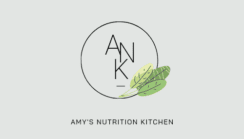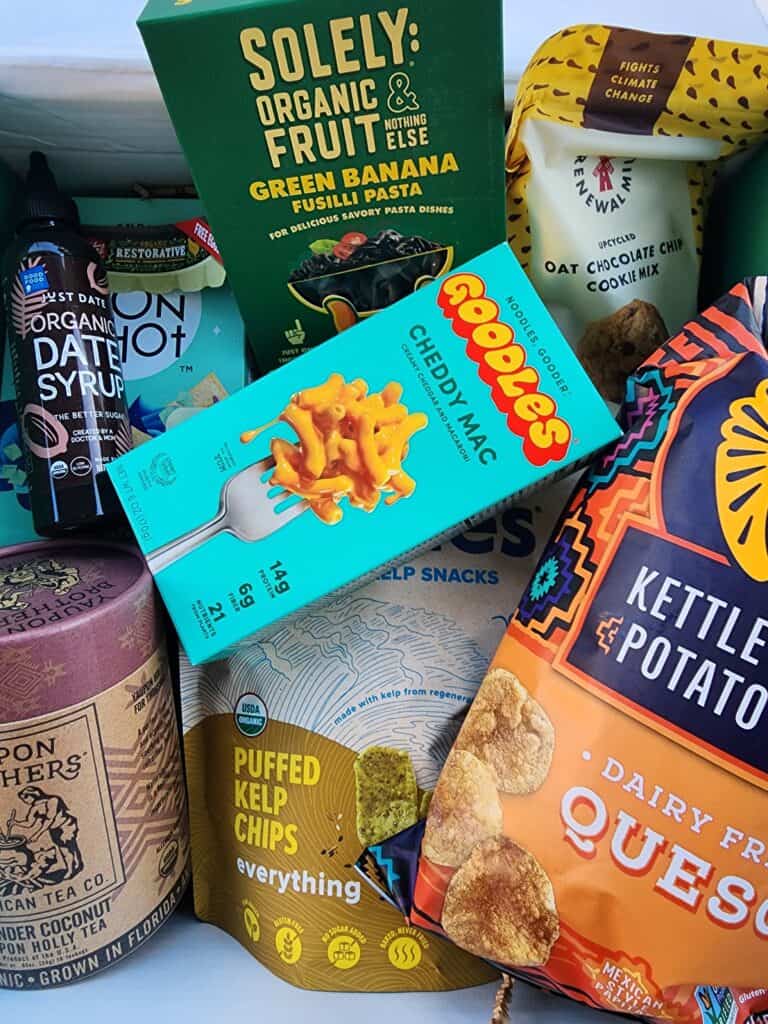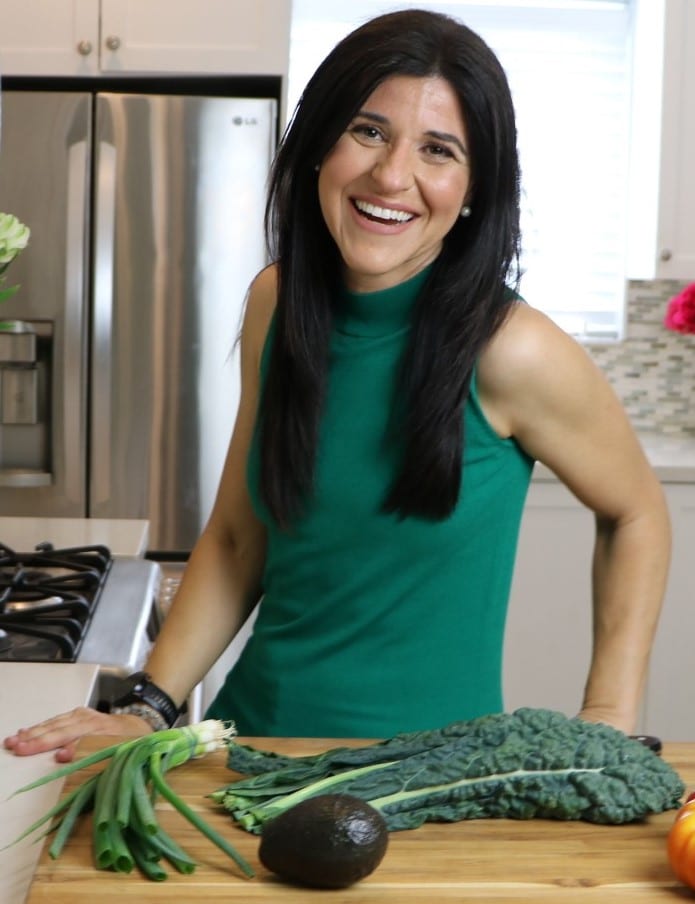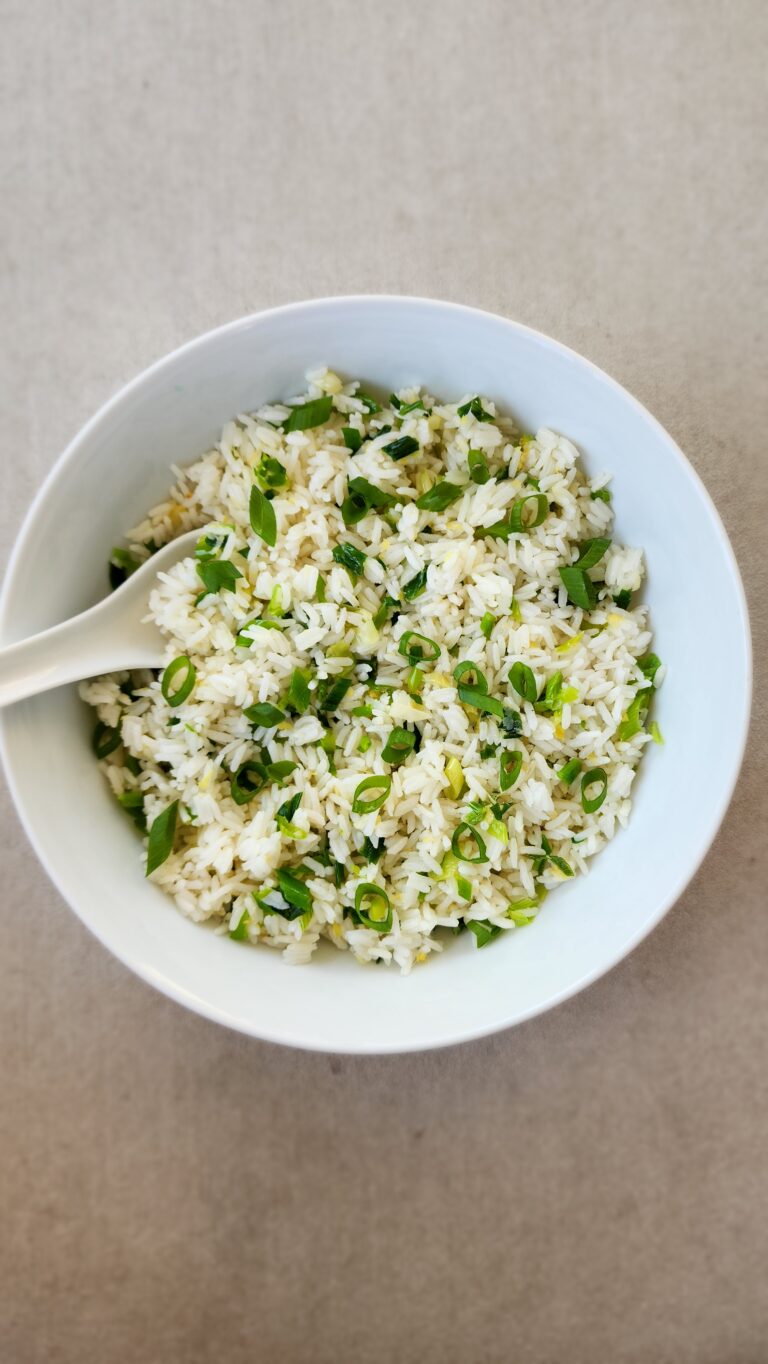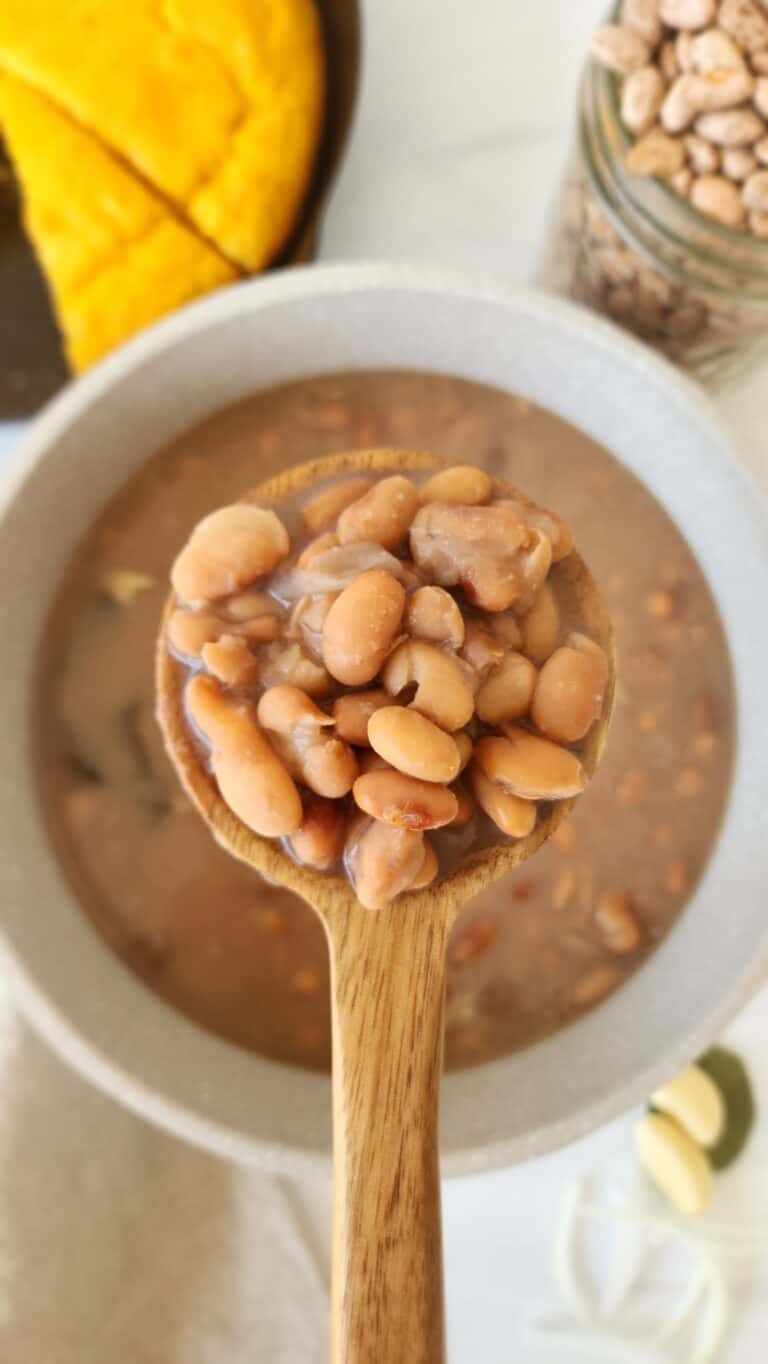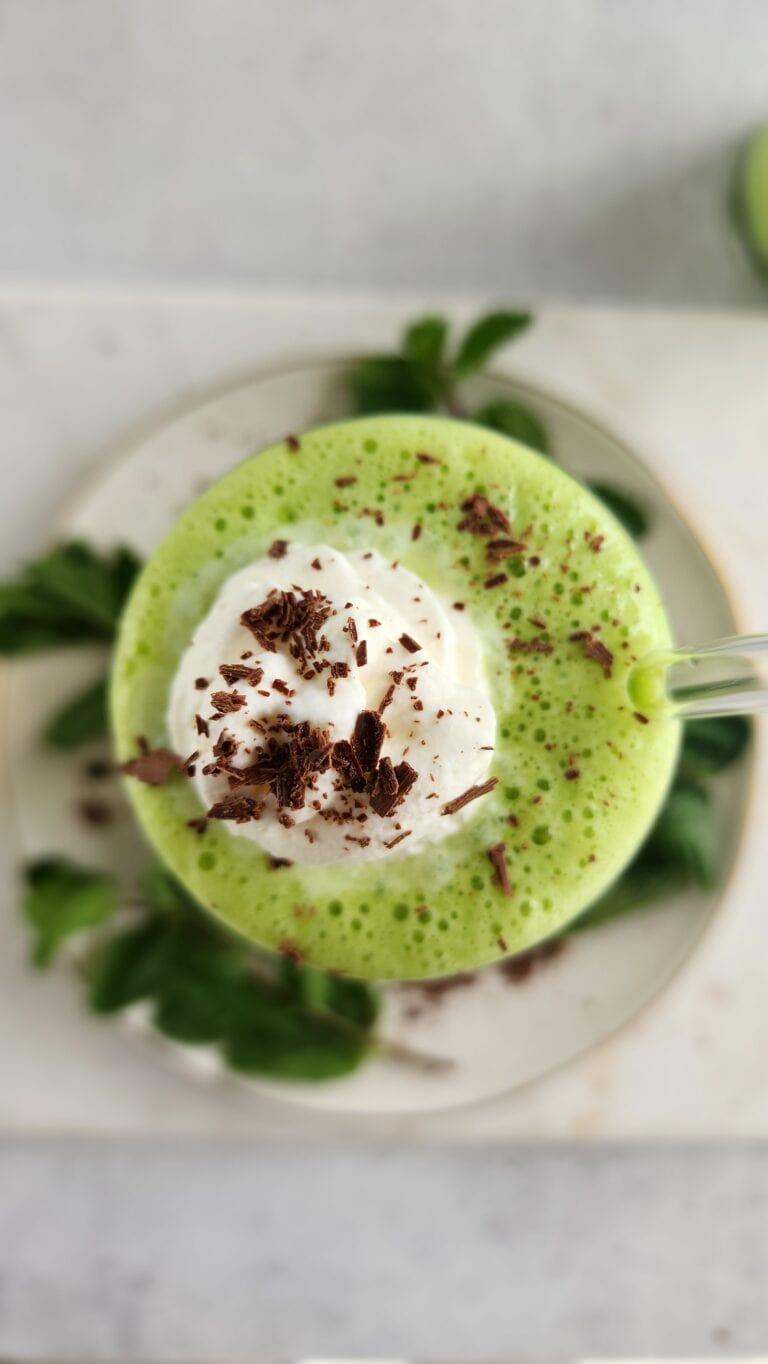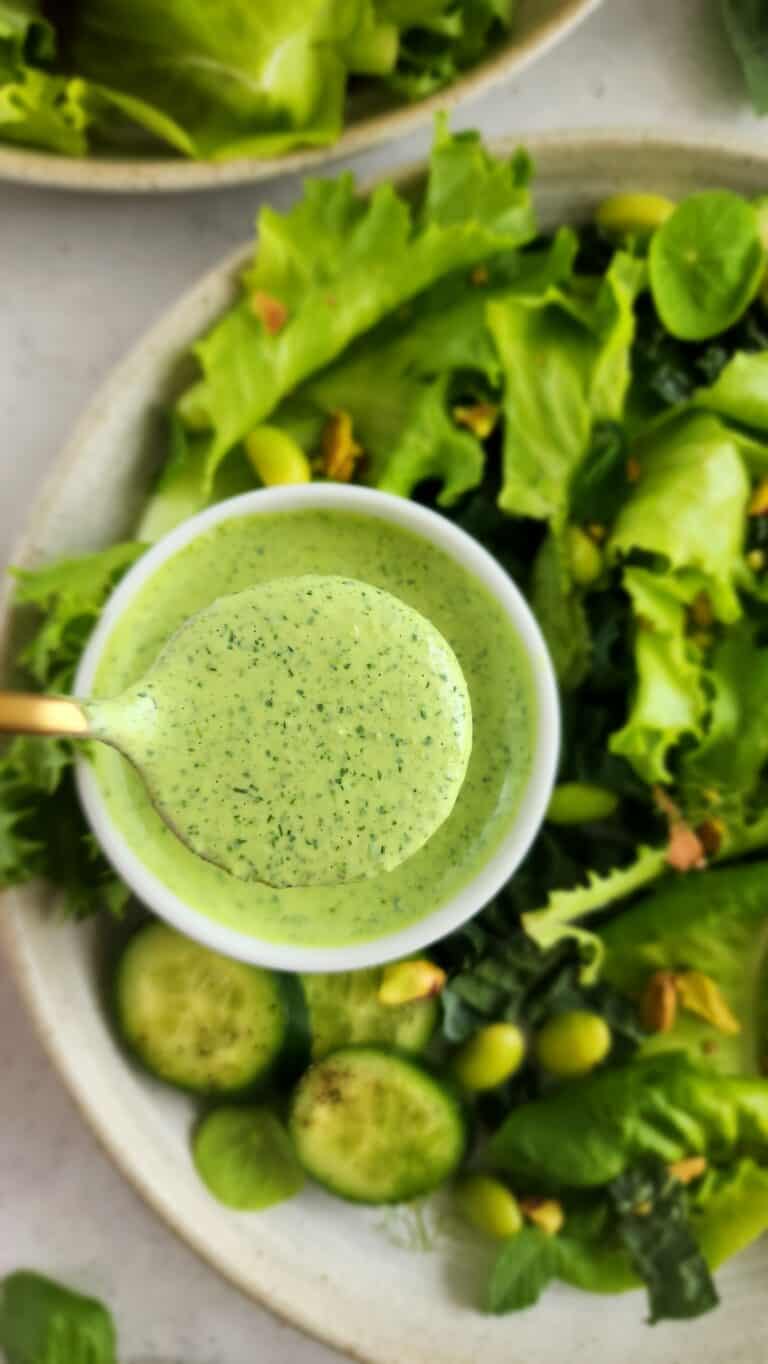As one year closes and the next year begins, it’s always fun to look at what could be the nutrition trends in 2023. While I don’t have a crystal ball, I can look to see what products have popped up in the grocery stores and what topics/recipes are trending on ‘google analytics‘. After three years of a pandemic, suffice it to say that people are looking towards not only what will impact their health in the present but also in the long-term. Additionally, people are looking to see the impact they make on the environment.
Will there be one veggie that stands out from all the rest? Kale and cauliflower are still trending to this day, but will another one take the spotlight? Might it be mushrooms? Or is there a simple focus in general on eating more plants? Here’s what I think (from what I’ve seen) will be the nutrition trends in 2023 as it relates to food, health and wellness.
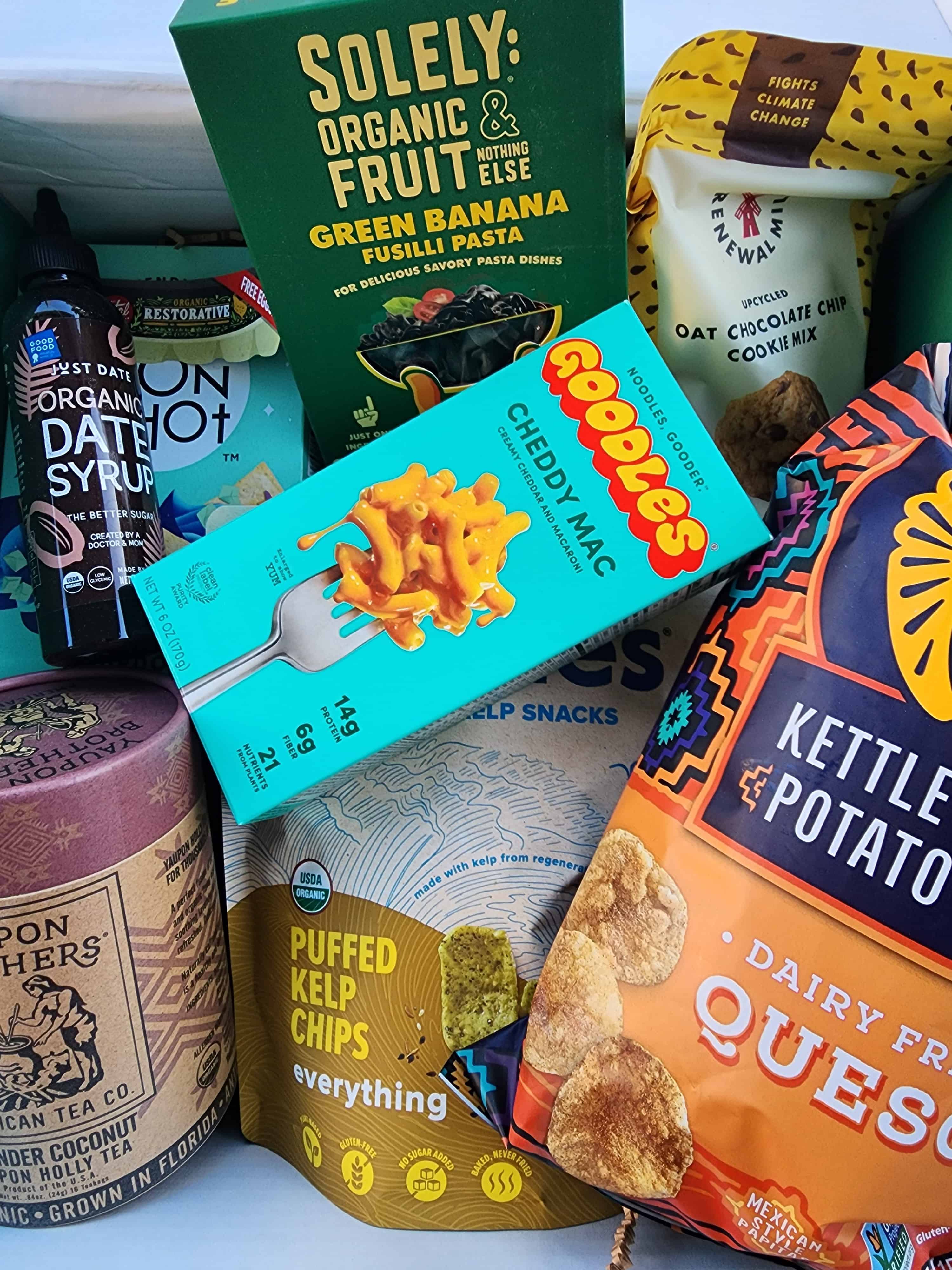
Eat More Plants
Last year in my Nutrition Trends 2022 I wrote about the idea of people eating plant-based. And while for some plant-based eating means eating no animal products whatsoever, the truth is that eating plant-based actually simply means eating more plants and less animals (no official definition, but it’s actually how we ALL should be eating.) Enter 2023 and I think that more and more people will be trying to actually eat more plants. The science is there to show how much we can reduce our risks from many chronic health conditions simply from eating more plants and less animals. Hard to beat that kind of science.
Finding the term plant-based on packages these days is a definite marketing ploy. Pass by any of the aisles now in the grocery store and you’ll see the term. Not to mention that there are more and more brands appearing and making items that are ‘meat alternatives’. My suggestion always and forever is simply aim to include more whole-based plants and not a packaged imitation of what was an animal product. Keep it simple. Find products that might be a short-cut to include more plants (that you don’t have to cook), but aim not to include products that are highly/ultra-processed (cue picture above). Switch one item out for another where you’re able to enhance your health.
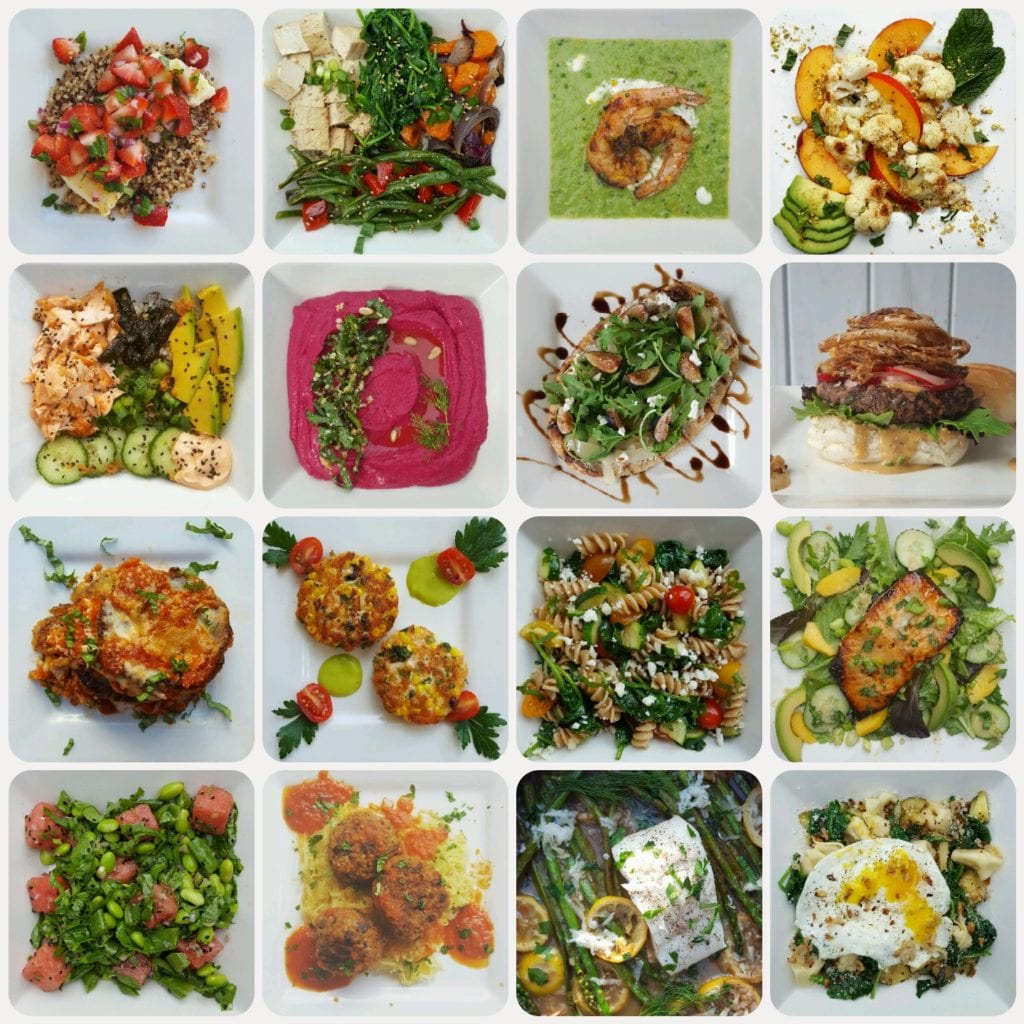
Eat More Sustainably
Consumers are demanding better from the products they buy. From how the products are packaged to where the ingredients are sourced. Case in point: sourcing wheat from soil enriched using regenerative agriculture practices. Healthier soil not only means more nutrient-dense food but also tastier food as well. Regenerative agriculture is farming in a way that makes the land healthier over time. Practices like growing plants year-round and planting in rotations that will ultimately improve the quality of our soil and store excess carbon from our atmosphere.
Additionally, using items from the ocean such as kelp to provide a better food system through having healthier oceans. Kelp absorbs carbon from the ocean, reversing acidification and supporting biodiversity. Having a zero-input crop that requires no pesticides, no fertilizers, no arable land, and no fresh water. Kelp is a nutrient dense food that happens to also be quite tasty, having an umami-like flavor. With many products using kelp, companies are additionally supporting local coastal communities. Win win in the eating sustainable and giving back to the environment.
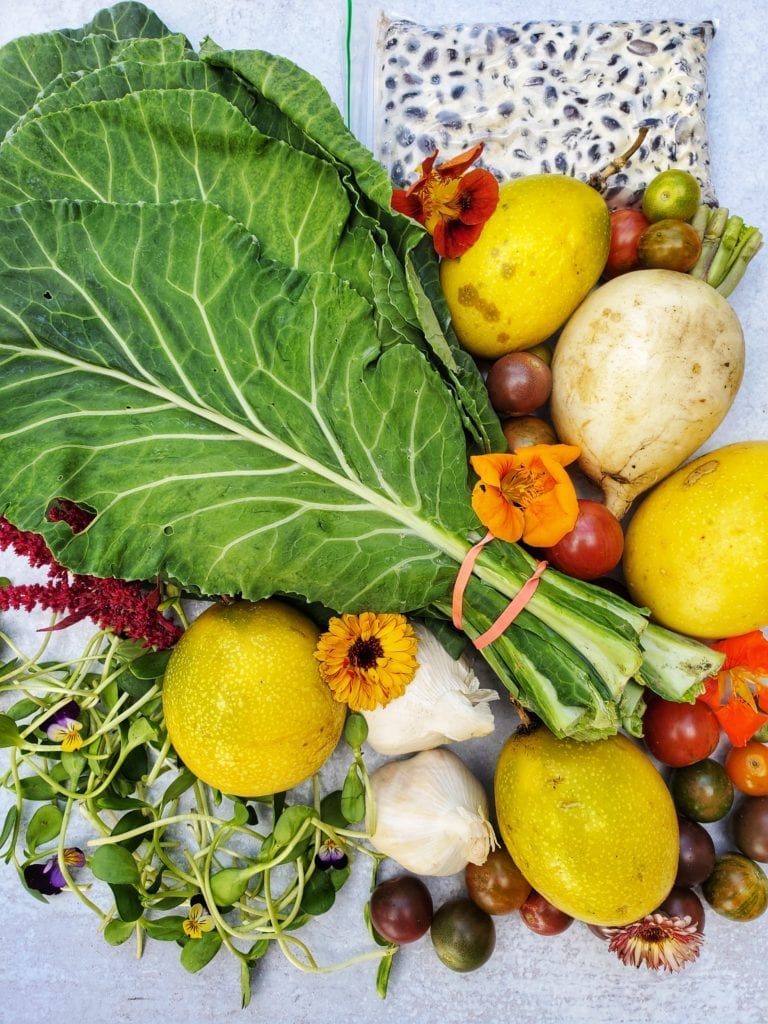
Copycat Recipes
Early on in the pandemic people were cooking more meals at home. One, it was out of necessity, but two, they were also trying to re-create their favorite restaurant meals at home. What’s interesting is that Google Trends shows similar trends, with specific recipe terms up year over year. Just recently I did a Copycat Sweetgreen Harvest Bowl for that very reason! And I’m working on a Houston’s Emerald Kale Salad as we speak!
While the nutritional profile is overall similar for my recipe and Sweetgreen’s, the difference lies in the sodium. My bowl has just under 200 mg, whereas the Sweetgreen bowl has over 1,000 mg of sodium. As a dietitian, I’ll be the first to tell you that restaurant meals are always high in sodium. Making the dish at home and saving meals out for special occasions will help when you’re watching your sodium intake, (saturated fat, added sugars, you get the jist).
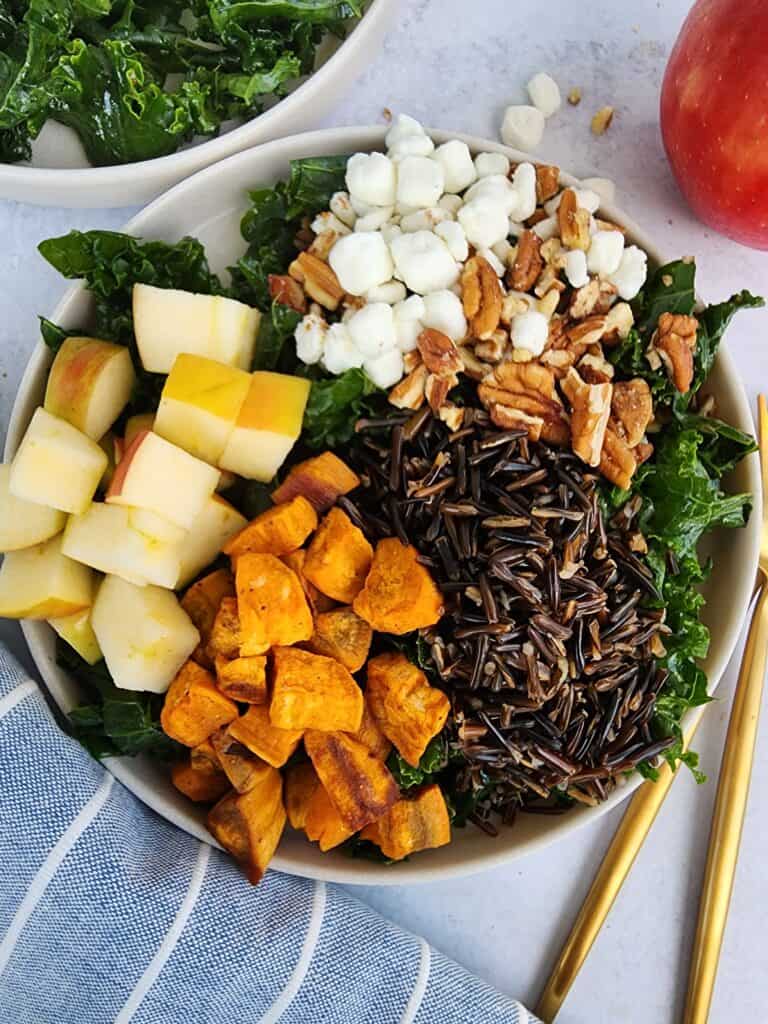
And the other reason I think these copycat recipes are so popular right now is for the amount of money saved. From supply-chain issues to inflation, and more recently the issues with the poultry farms (hello $6 a dozen egg prices!), eating out is expensive. The Sweetgreen bowl runs about $14. I didn’t do a cost breakdown on mine, but I’d venture to say you’d get at least 4 bowls made for the price of one. Understanding that time is money, the idea here is to see where you might be able to save money and use the restaurant meals when absolutely necessary!
Spiritless Drinks
Another insight from the pandemic was a rise in alcohol consumption. However, more and more people have begun to opt for a Dry January and/or a Sober October and I think that part of this gaining popularity is from people beginning to recognize their dependence on alcohol. Enter spiritless drink companies. They’re all the rage/buzz (pun intended). Pinterest is calling this trend Free Spirits, showing a 220% increase in non-alcoholic drinks.
Consumers are embracing a new way of thinking about alcohol. Whether we think that it’s motivated by hangover hatred or looking for a tasty, low-alcohol/low-sugar drink, people are drinking what they want when they want. I’ve also seen kombucha rise in popularity as well. I know I use kombucha to top my drinks off when creating something festive, but I also love having kombucha to appear to be social as well. They even included kombucha (aka booch) in the recent move Glass Onion. Kombucha will continue to trend this next year along with the spiritless beverages. If you’re thinking to make a mocktail version of your favorite beverage, still be mindful when it comes to added sugar as these can sometimes be made with juice as the base.
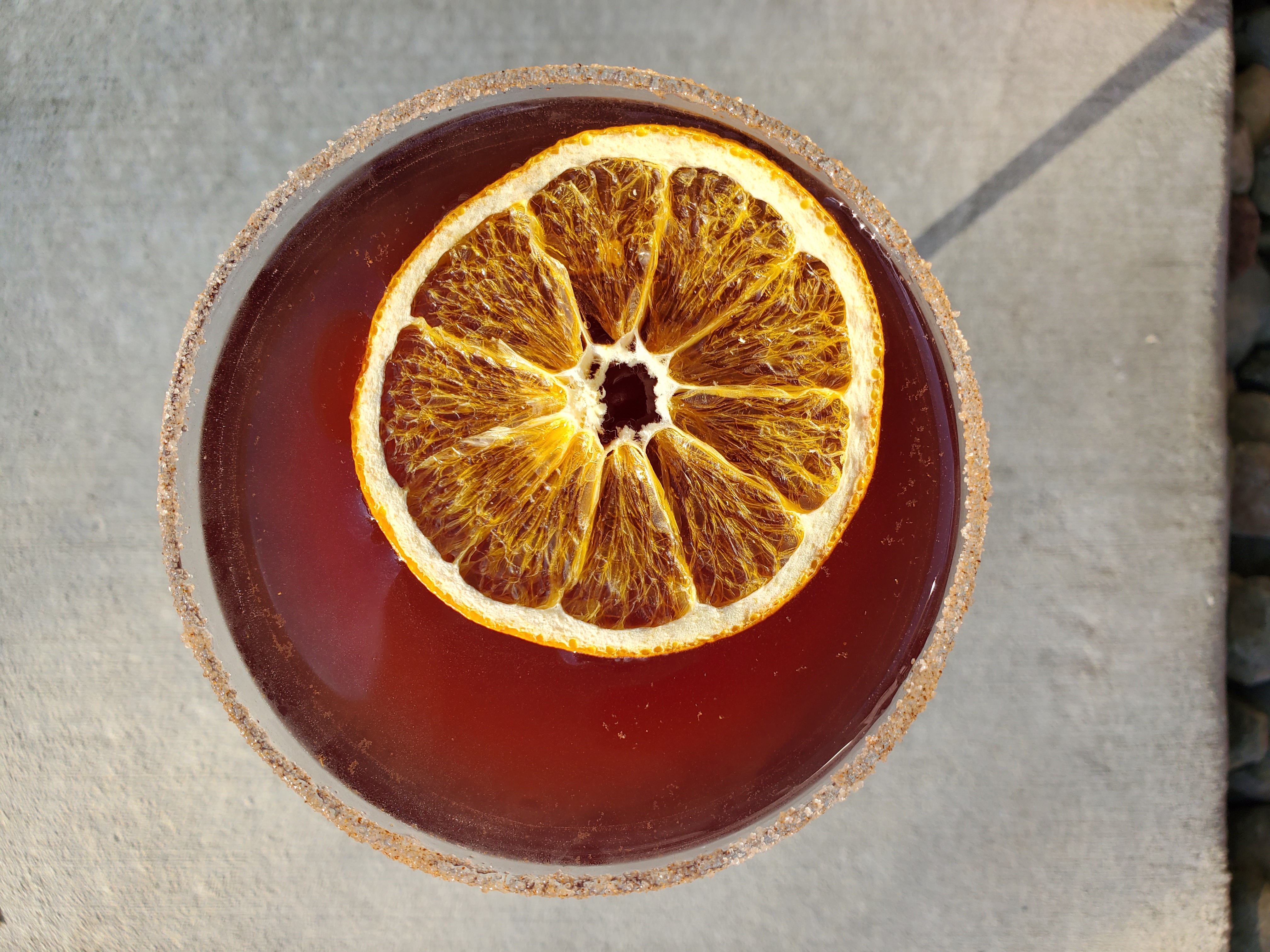
Prebiotics and Probiotics
I think probiotics have been trending for awhile now, whether in supplement form or in our actual food we’re eating. We are now starting to see the link between our gut health and many different chronic diseases. Improving the health of our microbiome is just one other way to help support our immune system and again stave off many different chronic diseases. Enter adding probiotics to many different food items, one of which will be in drinks. Whether or not there’s an actual benefit (colony forming units as well as the strain play a role in whether there is a benefit or not) just know that they will be marketed as such. Best to get your pre and probiotics from actual food – fruits, veggies, whole grains, not as an add-in.
Mushrooms
Say it with me: er·go·thi·o·ne·ine aka an antioxidant found in the highest concentrations in mushrooms. Cauliflower may have been trending for the past few years – what can’t it do?! – but where ‘eating more plants’ and ‘eating sustainably’ are now trending, mushrooms might just have a year. Whether you’re including mushrooms to replace meat and/or using mushrooms as a blend, there are quite a few varieties of mushrooms that are worth exploring/experimenting with.
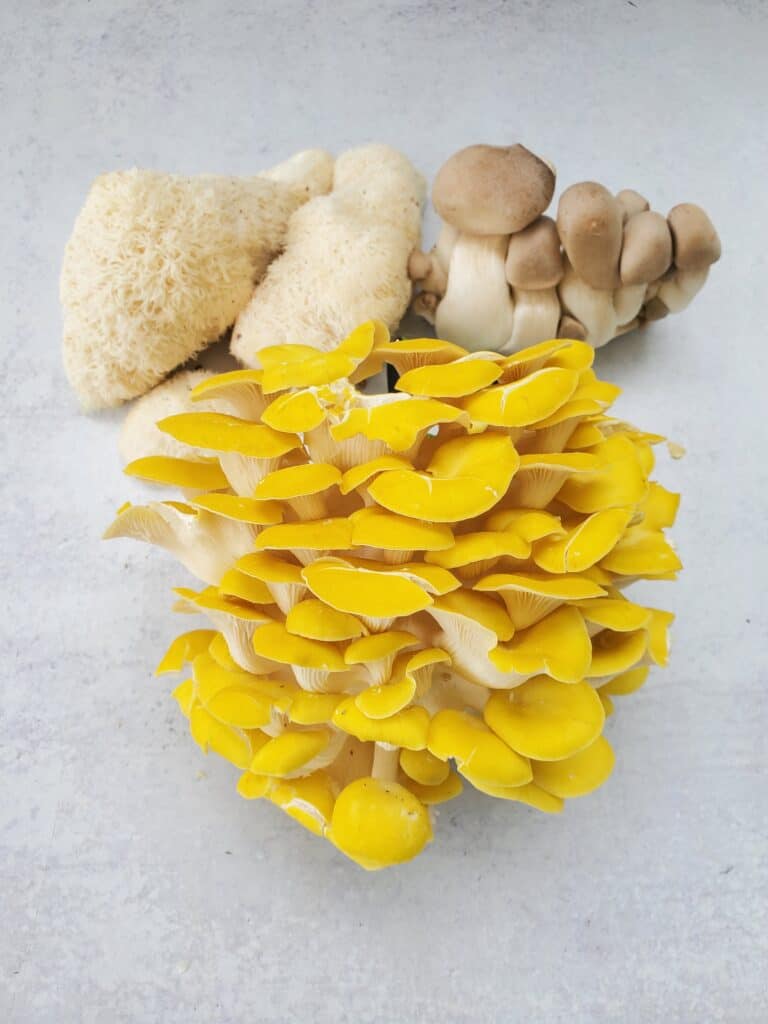
The common button mushroom is the most common in the U.S. This mildest-tasting mushroom can be eaten raw or cooked. Additional mushroom varieties include:
Chanterelle: the cap is a wavy golden trumpet-like shape
Cremini (baby bella): a young Portobello mushroom that is dark and firm
Enoki: long, thin white stems with small white caps that are eaten raw or cooked
Maitake: a head that resembles flowering leaves
Morel: the cap is a spongy dimpled oblong shape
Oyster: a fan-shaped delicate cap
Porcini: a reddish-brown rounded cap with a thick cylindrical stem
Portobello: a large brown thick cap with rich juicy flavor that work well as a meat substitute
Shiitake: a dark brown umbrella cap with a thin cream-colored stem
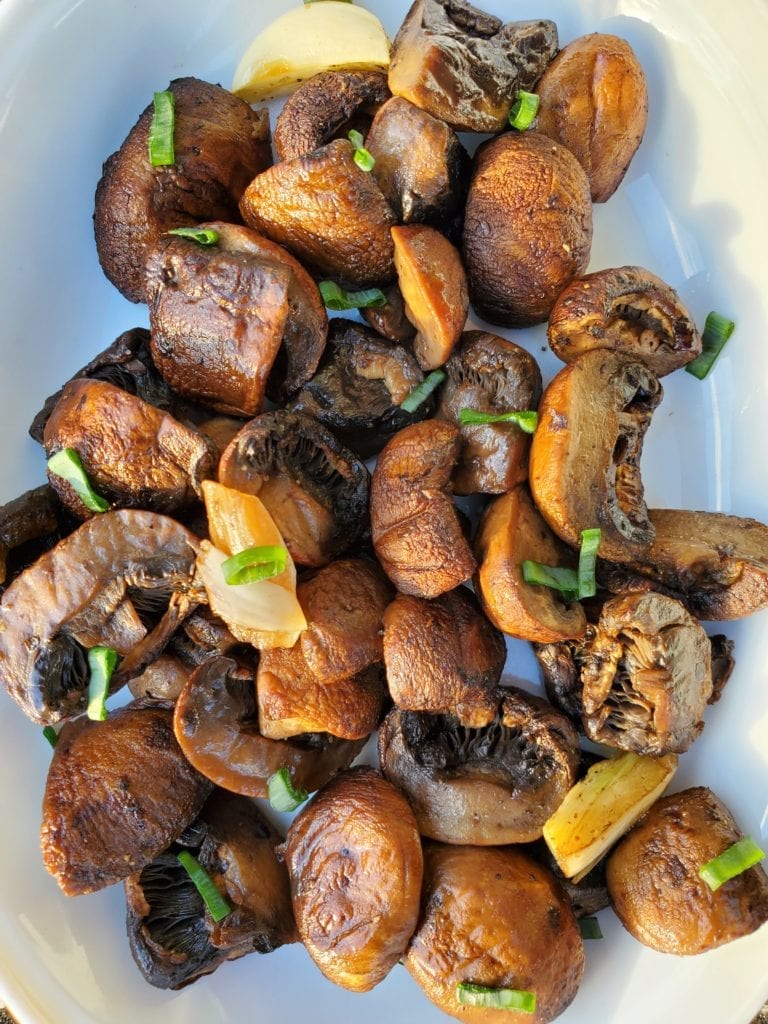
Tik Tok
TikTok has become synonymous with starting food trends and it’s here to stay. Sure the butter board was everywhere one week and then gone the next. But surely you thought about making a butter board, am I right? This dietitian hopes you didn’t for many reasons, not only for the lack of sanitation but also due to the saturated fat content. I’m the first to admit, I too, look at Tik Tok to see what’s trending. And whether or not I’m there to debunk a nutrition myth or simply there to look for the next trending food recipe, here’s hoping something 2023 brings a few great recipes.

Dates
Sugar has a bittersweet reputation as it relates to health. And by sugar, I do mean added sugar. Added sugar in all its forms – there are 50 different ways to say sugar – is something to be concerned about. As a nation we’re consuming too much and need to cut back. However, the media would like for people to think that honey, agave, date syrup, etc. are ‘healthier’ for us than actual sugar. The bitter truth? Sugar is sugar. 5 years ago even America’s Test Kitchen and Martha Stewart came out with cookbooks using alternative sweeteners like these to deem them ‘healthier’.
Excess sugar’s impact on obesity and diabetes might be well documented, however we’re now seeing the evidence that sugar can have a serious impact on heart health as well. In the study, it showed that the higher the intake of added sugar the higher the risk for heart disease. Bottom line: don’t be fooled in thinking that date syrup is better for you. Added sugar is added sugar regardless of the source. Aim to know how much added sugar you’re consuming and aim to cut back. Bottom line: we can all benefit from cutting back our added sugar intake.
So there you have it. A round-up of possible nutrition trends for 2023. As a dietitian I love to see what new products are out there (none of these are endorsed/sponsored), but I also love to let you know which ones are full of hype and great marketing. Here’s to 2023 and a year filled with health and wellness. Cheers!

